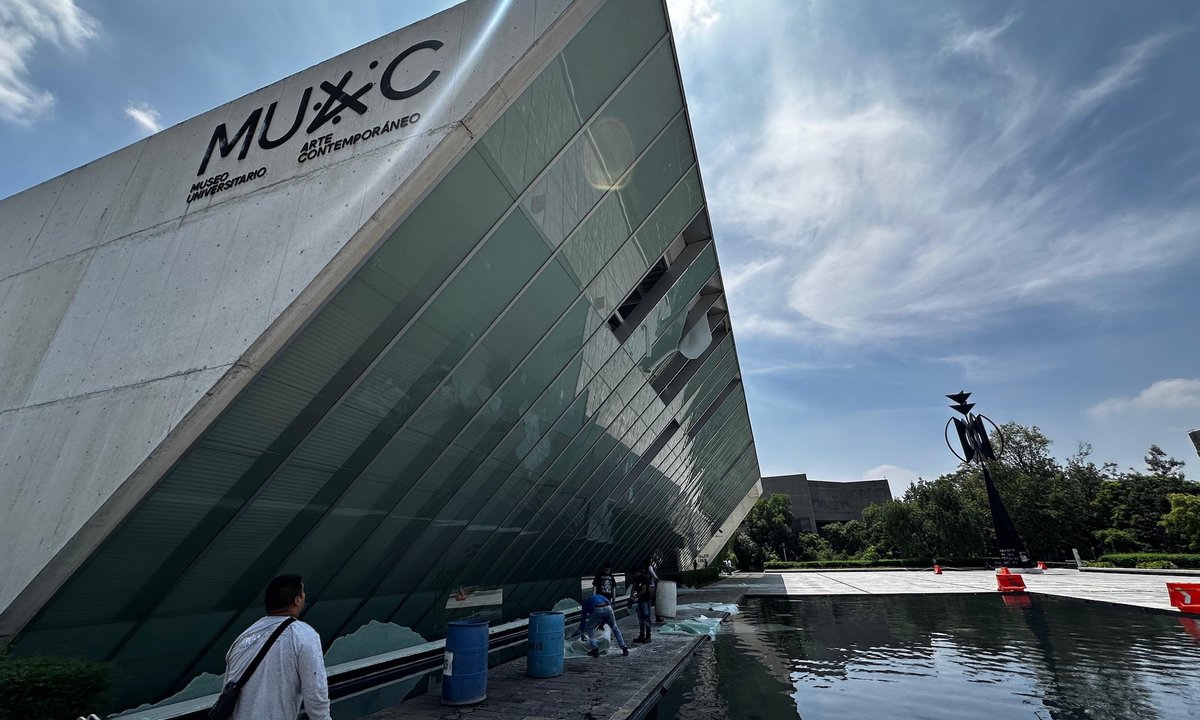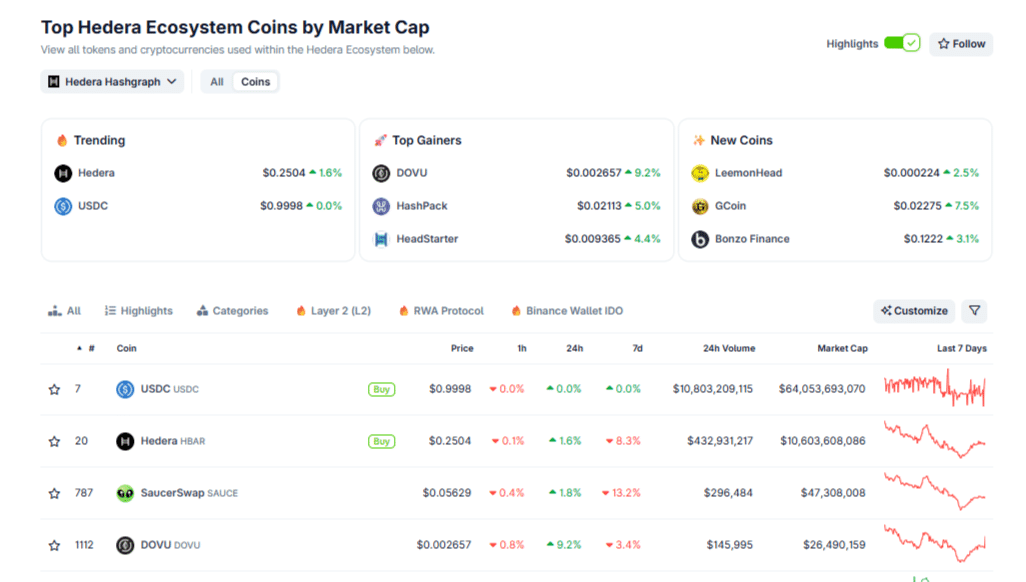The fight over America’s cultural soul has begun. In the few short months since US President Donald Trump took office, swathes of the country’s cultural infrastructure have been dismantled and efforts are being made to reshape what remains as instruments of White House policy. The impact has been swift and shocking to many in the cultural field, raising questions about what the arts will look like under Trump and spurring calls for a co-ordinated resistance.
“There’s a significant loss of jobs and a loss of revenue going to support arts and culture in the country, which will have an impact for the bottom line in our communities. And there’s a lot of uncertainty about what the long-term impact of this is going to be,” says Erin Harkey, the recently installed chief executive of Americans for the Arts, a national advocacy group that is collecting data to understand the broader implications of the administration’s actions. “We can help to build the [sense of] urgency if we’re collectively communicating the story.
“One of the things that is important to communicate about public funding and why it’s so important is that it has an ability to get into parts of this country that are difficult to reach otherwise,” Harkey adds. “So, when we’re talking about who is going to be most significantly impacted by this, it’s the smaller non-profit organisations that are more reliant on this kind of support.”
Over the past three months, either by executive order or through the Department of Government Efficiency (Doge) run by the billionaire Elon Musk, the National Endowment for the Humanities (NEH) and the Institute of Museum and Library Services (IMLS), two of the main federal funding bodies for arts and culture, have had their staff slashed and grants cancelled. Trump replaced the leadership of the Kennedy Center for the Performing Arts in Washington, DC, as a means to get himself appointed chair of the board, and has suggested a similar fate for the Smithsonian Institution, through vice-president J.D. Vance’s position on the board of regents. And a team from Doge visited the National Gallery of Art in mid-April, reportedly to discuss the museum’s “legal status”.
Elon Musk, pictured with Trump at a UFC 309 event, runs Doge, which has targeted federal funding bodies for arts and culture Photo: Jeff Bottari/Zuffa LLC
As we went to press, Doge had turned its attention to the National Endowment for the Arts (NEA), with major cuts expected to its grant programmes and staff. Its $207m annual budget is about the same as that of the NEH ($207m) and IMLS ($294.8m)—a cost of around $2 per American every year combined—but the NEA manages ten times the number of grants, covering disciplines from film and design to folk arts and literature. Around 40% of the NEA’s budget is directed to state arts agencies and regional arts organisations, which provide funding for arts communities in all pockets of the US.
For a lot of communities without a lot of resources, [NEA cuts are] going to mean a lot less access for people
Susie Surkamer, South Arts
“For the NEA to have their funding cut substantially starts creating a real question around the arts ecosystem in the whole country; there are just so many ripple effects that it’s really of concern,” says Susie Surkamer, the president and chief executive of South Arts, a regional arts organisation. “For a lot of communities without a lot of resources, it’s going to mean a lot less access for people”. The US South, Surkamer adds, has been historically underfunded and there are no major national foundations based in the region to fill the gap in arts funding if NEA partnership grants are lost. “It’s very hard to raise money in the South, and this will make it even harder. The demand will be so great across the country.”
Because of the speed of the administration’s actions, arts and culture groups are scrambling to reassess the scope of their projects and find alternative streams of funding. Among them is the Waystation Initiative at the University of California Los Angeles’s Cotsen Institute of Archaeology, which provides guidelines for institutions in repatriating cultural heritage. It received a two-year, $350,000 grant from the NEH in January and was notified in April that this was cancelled, through a letter saying the agency was “repurposing its funding allocations in a new direction in furtherance of President Trump’s agenda”.
“The impact is huge,” says Waystation’s director Lyssa C. Stapleton, partly because of the effort already expended in securing the grant, and the work required to find alternative funding, but also because it means re-evaluating future programming. “It’s just yanking that rug out from so many things.”
An immediate victim is an event planned for May, bringing more than 15 representatives of Indigenous communities in Brazil, Peru, Cambodia, the Philippines, Mexico, Canada, the US and other countries together to discuss the challenges in regaining and restituting their cultural heritage. Cancelling the event was “heartbreaking”, Stapleton says. Similarly difficult is trying to square the work Waystation does with the stated goals of the current administration.
The past redefined
“When we talk about what we were planning to do with our NEH grant, every way that I can describe why it’s important appears to be, definitionally, why the Trump administration would not want to fund it,” Stapleton says. “Everything I’m doing is very critical of the past, but not in the sense that everybody in the past was horrible. It’s a recognition of us as human beings moving to a place where we’re more empathetic, where we’re fair. All of those things are being redefined or discarded as not useful or not meaningful.”
One big risk Stapleton sees in the loss of federal funding for arts projects is that competition for private funding will increase, and smaller regional groups will struggle to keep up with larger institutions. “It’s already a disaster, and we can all see how it could unravel further,” Stapleton says. “There needs to be a unified response, and I think that’s what we were lacking, just across the board.”
Among the cancelled IMLS projects was the National Museum Survey, the first comprehensive census that was meant to “help inform the museum field, policymakers, the public and the media about the social, cultural, educational and economic role that the nation’s museums play in American society”, according to the IMLS website.
Following a pilot in 2024, the survey was sent out just a week after Trump’s inauguration and was due to be completed around the same time the president issued an executive order on 14 March, directing the agency to reduce its staff and programmes “to the minimum presence and function required by law”. The entire research department working on the survey was put on administrative leave, according to court papers filed by the Rhode Island Attorney General in a lawsuit against Trump’s order, and no longer has access to government servers or systems.
The National Museum Survey was meant to complement the long-running Public Libraries Survey, which has been collected annually since 1988 and covers approximately 17,000 individual libraries across the US. That survey is used by researchers and academics as well as local and state politicians to assess the impact of libraries on their constituents. The latest data, covering fiscal year 2023, was due to be released and is now inaccessible. Past data is still publicly available on the IMLS website, and outside groups have been making efforts to archive this information, but the future of this 40-year-old resource is unsure, even if legal efforts to save the IMLS are successful.
The data IMLS provides cannot be obtained anywhere else. If research is halted, even if not permanently, damage to longitudinal research… will be irreparable
ALA and AFL-CIO lawsuit filing
According to a lawsuit filed by the American Library Association (ALA) and the American Federation of State, County and Municipal Employees, AFL-CIO, seeking to stop the job cuts: “The data IMLS provides cannot be obtained anywhere else. If research is halted, even if not permanently, damage to longitudinal research, which relies on connecting past and future data points, will be irreparable.”
Perhaps even more important than the data is the institutional knowledge held by the dedicated teams of public servants at these agencies, many of whom have spent years cultivating relationships with regional cultural groups and understanding the needs of local communities. These workers have had their ranks decimated by Doge, with 80% to 85% of staff at the IMLS and NEH on administrative leave and a reduction in force expected in early May, leaving only a skeleton crew to manage operations. “IMLS staff includes library professionals who advise librarians around the country on a daily basis,” according to the ALA lawsuit. “These professionals are an invaluable resource that would be diminished or lost entirely in the event of staff reductions.”
Some organising is already happening at the grassroots level. For example, Laureen Cantwell-Jurkovic, the head of access services and outreach at the Tomlinson Library at Colorado Mesa University, launched an informal survey among academic librarians in the US to track the impact of the Trump administration’s policy changes on federally funded research—and just keeping up with these was a challenge. “It was kind of weird to have to keep updating the survey with additional executive orders that might be on people’s minds,” she says. “My mind started spinning out on the repercussions. Regardless of what your political leanings are, librarians tend to be pretty well attuned to concepts like information access, preservation and generation, and those three things are all being impacted right now.”
Cantwell-Jurkovic has so far received around 400 responses, and among the early insights is feedback from conservative librarians, who have felt that their perspectives have been unwelcome over the past several years. “That does not mean that they are necessarily in line with the full agenda” of the current administration, she says, “but I think they have wanted a more balanced opportunity for dialogue that they have struggled to achieve. And I think that’s a really important thing for my field to hear.”
There is certainly a possibility that the Smithsonian, IMLS, the [Centers for Disease Control and Prevention] never go back to being quite what they were
Laureen Cantwell-Jurkovic, Tomlinson Library at Colorado Mesa University
Beyond the loss of federal funding, the looming threat created by the recent changes to the country’s cultural infrastructure is what might replace it once agencies are dismantled or taken over. “There is certainly a possibility that the Smithsonian, IMLS, the [Centers for Disease Control and Prevention] never go back to being quite what they were—I can make peace with that fact,” Cantwell-Jurkovic says. “But then what will they become? Will they be a function of the state? That is scary stuff. You want to give funding to responsible people and then allow them to be responsible with it, and if they’re not, you handle that. These are management problems, frankly. They’re not burn-down-the-house problems.”
Looking for points of consensus could help libraries survive in the coming years. “What we can lean into as a field is that we believe people should have access to information; we believe in preserving information; we believe in the historical record; we believe in people’s ability to gain information literacy and critical thinking skills and make their own choices; we believe in informed voting,” Cantwell-Jurkovic says. “We believe in all of these things, and that should guide us at the end of the day, whether you believe grant money is being spent wisely or not. Those are modifications that institutions can make when we regain sanity.”
Control of artistic expression
Independent artists have similarly been affected by the recent changes to cultural policies. Philippa Pham Hughes, a Washington, DC-based artist who for the past decade has been organising bipartisan dinners to encourage discourse among all walks of political life, lost her residency at the Kennedy Center when its Social Impact programme was cut under the new leadership. She also had a cabaret-style performance scheduled for 19 April cancelled after she refused to remove a scene in which a man wears a dress, which the organisers at the Kennedy Center claimed fell foul of the new administration’s policies for being “drag adjacent”.
These efforts to suppress or control artistic expression will ultimately fail, Hughes predicts, pointing to historical examples like the Cultural Revolution in China. “They tried to stamp it out there, and it didn’t work,” she says. “Nobody’s going to stop making art.”
Similar efforts to slash federal funding for US artists in the 1980s and 90s certainly did not stop them from making work that is critical of American power systems. “I’m not going to give up who I am; I’m going to keep making work,” says Karen Finley, one of the so-called “NEA Four”, a group of four artists who were at the centre of the funding debate in the 1990s. Their lawsuit stated that a “decency” test applied to NEA grantees by Congress violated their right to freedom of speech. Their case went all the way to the Supreme Court, which decided against the artists.
Finley, who is now a professor of art and public policy at New York University, lost some opportunities because of the NEA furore, including an exhibition at the Whitney Museum of American Art, but she has continued to make art that takes aim at US policies and government. This includes Far East of Eden, a short film she created in 2016 with the director Bruce Yonemoto in which she satirises Trump. And in May, she is unveiling a new series of paintings at the New York gallery Freight+Volume based on the words that the Trump administration has restricted from government websites.
“I refuse to allow him, or the administration, to take away my humanity and ideas,” Finley says. But it is important, she adds, that those in the cultural sphere who are able to speak out against efforts to silence and intimidate do so. “The stage has been set for many years for this. It’s starting in the arts but it’s not ending in the arts, in terms of removing our rights and basic needs,” Finley says, “and it’s happening at rapid speed.”
John Fleck, another of the NEA Four who turned to appearing in television and films to support his practice as a performance artist, agrees. “At least there was a conversation before,” he says about the debate in the 1990s over what art should be funded by the government. “Now it’s just an iron fist saying ‘No’.”
They can’t silence us [artists], but they can do a lot of damage, especially to the institutions
John Fleck, artist
The recent policy changes are the culmination of efforts among the extreme right wing to suppress “any voice that speaks the truth”, Fleck says. “There is a machine behind [Trump] called Project 2025 that wants to get rid of our voice. If you don’t kiss the ring and do exactly as they say, in a Christian Nationalist kind of way, then they don’t want to hear from you.” Fleck says it is up to artists to become a voice of the resistance again. “They can’t silence us, but they can do a lot of damage, especially to the institutions,” he says.
“The real question for me is whether the major museums, most of which are private in this country, whether they stay the course and continue to commit to globality and diversity,” says Hal Foster, a professor of art and archaeology at Princeton University, one of the elite schools that the Trump administration has threatened with funding cuts in recent weeks.
Princeton’s president, Chris Eisgruber, a legal scholar, has written in defence of universities’ academic independence, and his voice was soon joined by Alan Garber, Harvard’s president. “That’s a very good sign, and I think it makes it easier for other universities and colleges not to capitulate,” Foster says. “It might actually make other institutions like museums that are bound up federally stand up, or at least resist, too.”
Foster is working on a proposal to organise a town hall-style meeting for the arts, museum and academic community in New York later this spring, to discuss the effects of the government’s actions and plan ways to respond, before Congress takes its recess this summer. “This is where it’s important to push back now at all levels because the current administration has to get what it can get done before the midterms,” Foster says. “It is a critical point.”
One thing Foster warns those in the creative field away from is being set up as “simple provocateurs” who are used against the entire cultural world by conservative critics. “There’s often righteous or self-righteous acts that are not politically grounded or politically aware,” he says, “and they don’t do anyone any good.”
One way or another, however, those involved in the arts will find ways to continue to work. “This is nothing new. It’s just much more extreme,” Foster says. “And there is a way in which extreme moments like this do animate artists and writers and others like them.”

































